English Sensei Spirit: Hi, Friends!
Those of you who teach in elementary school have probably already gotten your first taste of “Hi, Friends!†– the book they’re using to replace good ol’英語ノート(EIGO NOTO). Hi, Friends!, which in no way lends itself to funny mock-titles, is dragging my elementary school kicking and fighting into the 21st century.
Because while the book is basically more of the same, a slimmer, differently illustrated version of 英語ノートwith a few of the chapters altered a bit, instead of an audio CD, it comes with a computer-only option in the audio department, but dude, have you seen this CD-ROM?
Actually I think it’s a DVD-ROM, which is only a problem because the laptop thrust into my arms at the school was probably made in the late 90s, so I’m bringing my own computer to run it and praying we know how to hook it up to a bigger screen and speakers or something because Hi, Friends! CD-ROM is baller.
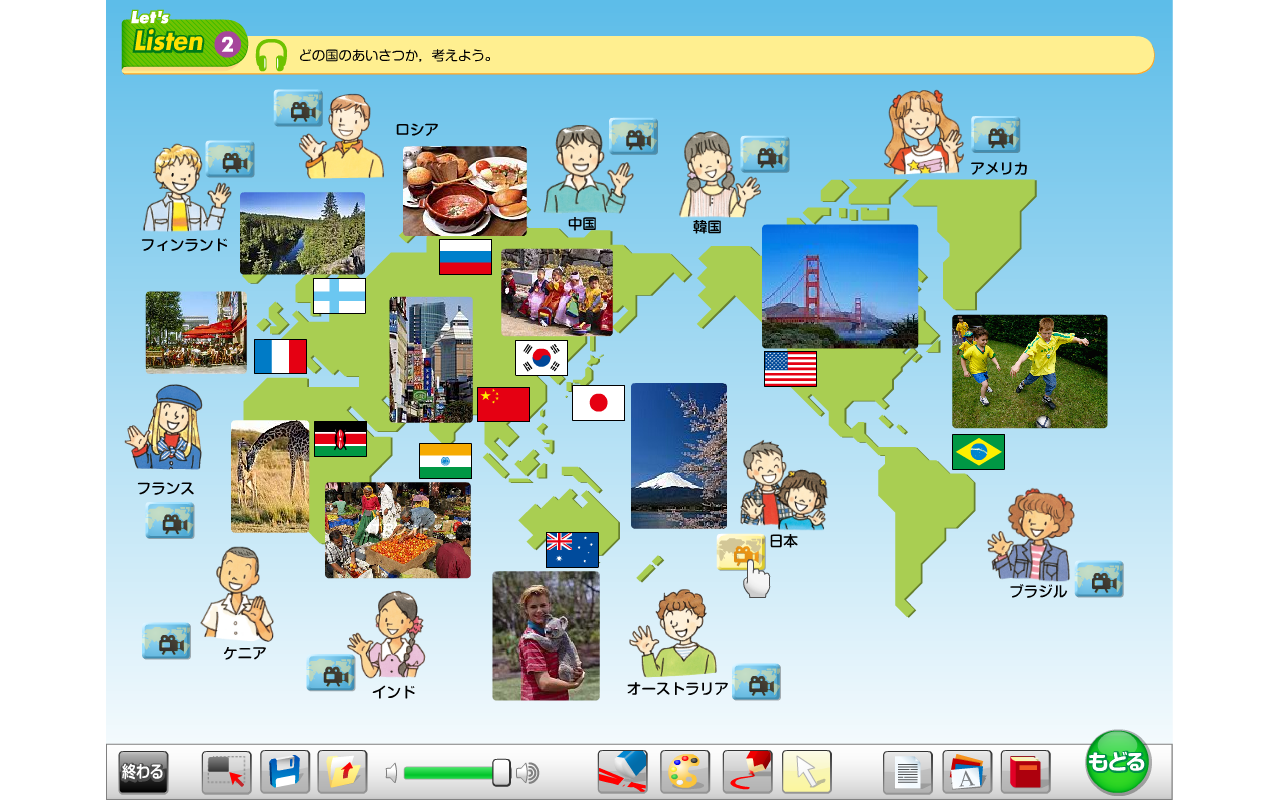 Or it seems that way, from the first few pages. Where英語ノート1 had a handful of recorded greetings from around the world, Hi, Friends! 1 boasts a full ten videos showing some filmed time from each of the countries featured, then a brief “Hello†and self-introduction in the language of that country, followed by one in English. On the cartoonier pages, highlighting shows who is speaking so the kids won’t get confused. To make someone speak, just click on them!
Or it seems that way, from the first few pages. Where英語ノート1 had a handful of recorded greetings from around the world, Hi, Friends! 1 boasts a full ten videos showing some filmed time from each of the countries featured, then a brief “Hello†and self-introduction in the language of that country, followed by one in English. On the cartoonier pages, highlighting shows who is speaking so the kids won’t get confused. To make someone speak, just click on them!
The flashcards are all electronic, too, though I’m keeping my giant boxes of英語ノートcards for use with the younger students so we, too, can enjoy games like eraser-get and blackboard flyswatter game. Everything is adjustable now, with options in the “chant†section to make it slower, or karaoke version. Flashcards can be shown in order or at random, with or without text.
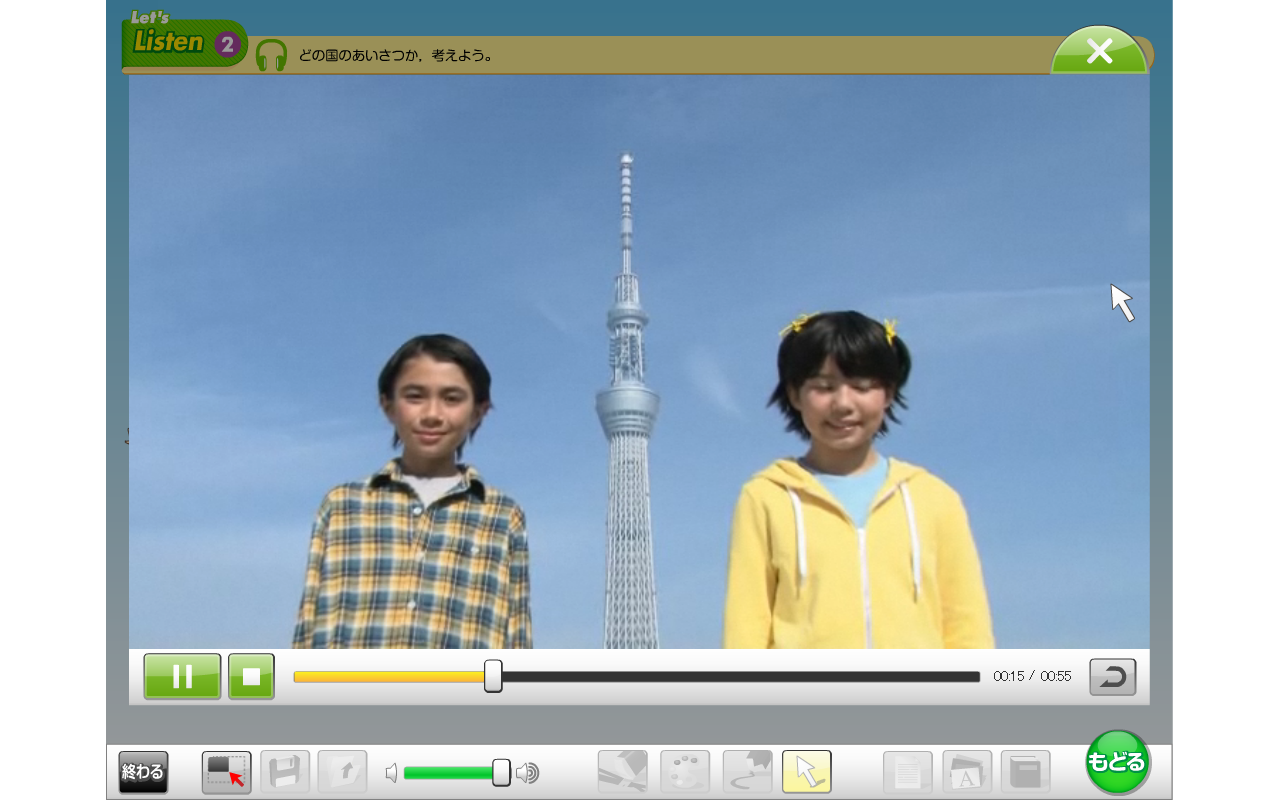
Most pages also contain a video of a woman saying the key phrases and vocab, with cameras on her from all sides to help with face and mouth shapes. It all makes me feel a little obsolete, which is half the point. Not all elementary schools have an ALT to visit, or not very often, so the CD-ROM is complete enough to be run by almost anyone and still expose the kids to a lot of native English.
Fear not, however; there’s a definite difference between hearing real English and engaging with an English speaker. And being an ALT in elementary school is still about the equivalent of being a celebrity hero.
The downside of the CD-ROM’s compact awesome is, try running the lesson without the CD-ROM and there is a much higher chance of lameness. Looks like we’re having 5th and 6th grade English in the computer room for most of the rest of the year. For the first few weeks, as things get settled, it might be wise to put together what cards seem appropriate from the old book as a standby visual aid in case you have to go technology-free into the classroom, but try to make the other teachers see just how useful the CD-ROM is and hopefully they’ll find the cords to connect you to the big TV.
The other downside is, the entire thing is in Japanese (just like the teacher book) because this isn’t designed for you to use—it’s for the HRTs. But with a little playing around and button mashing, you will soon know which button does what!
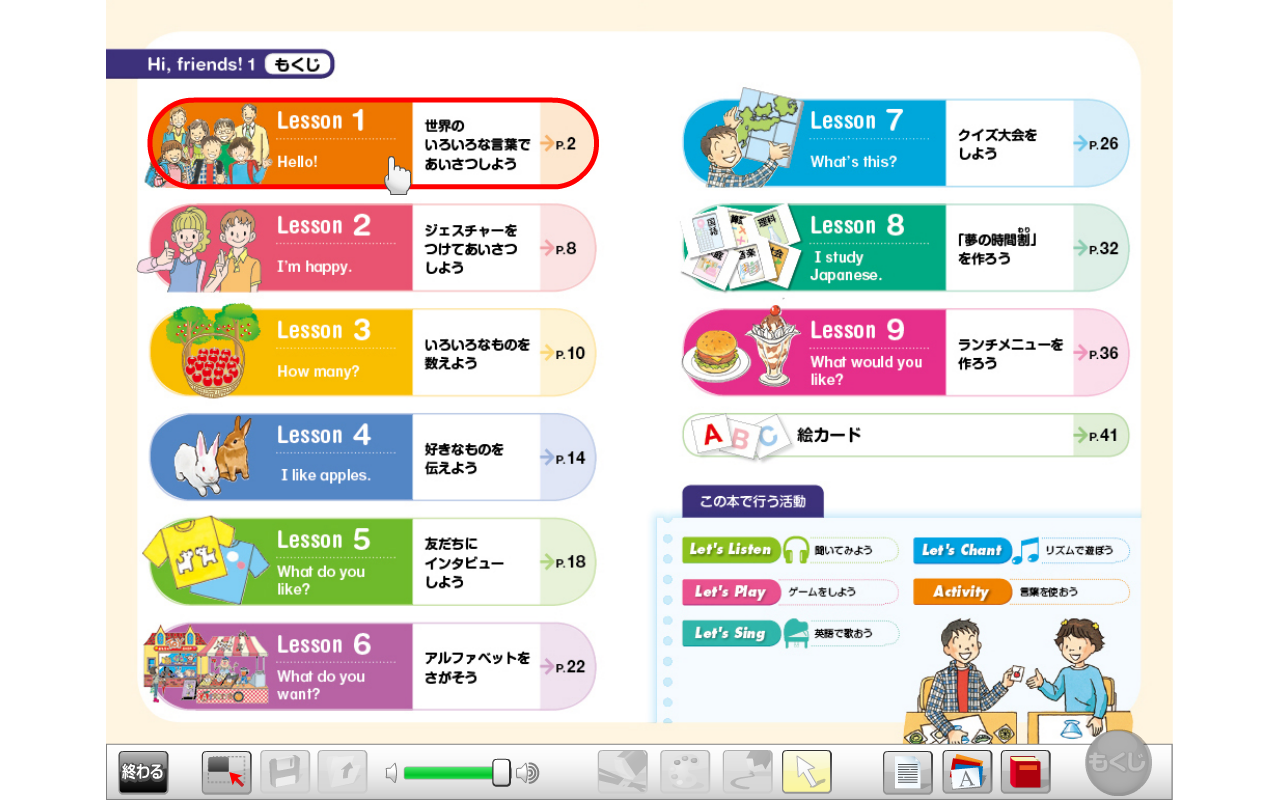
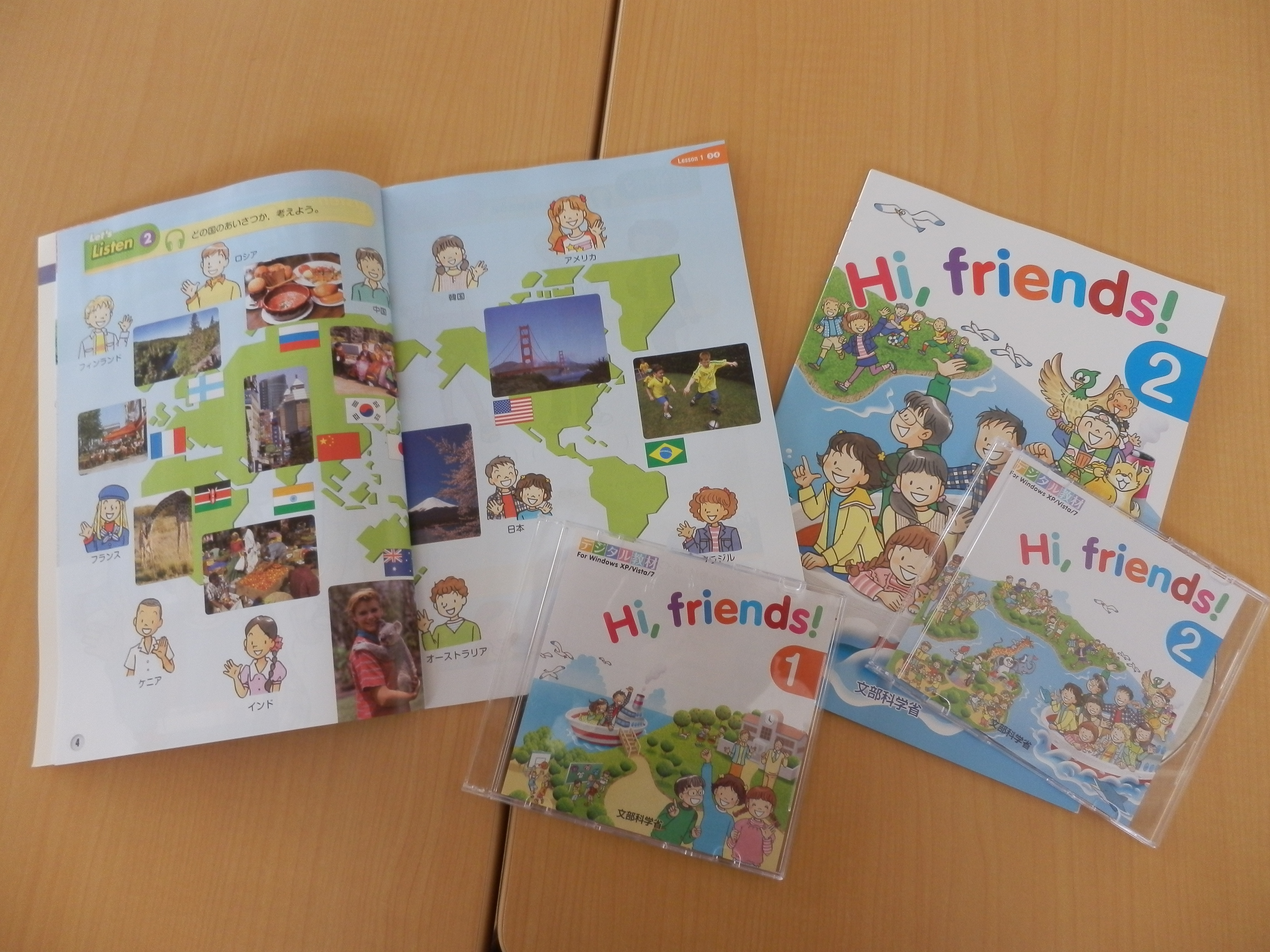



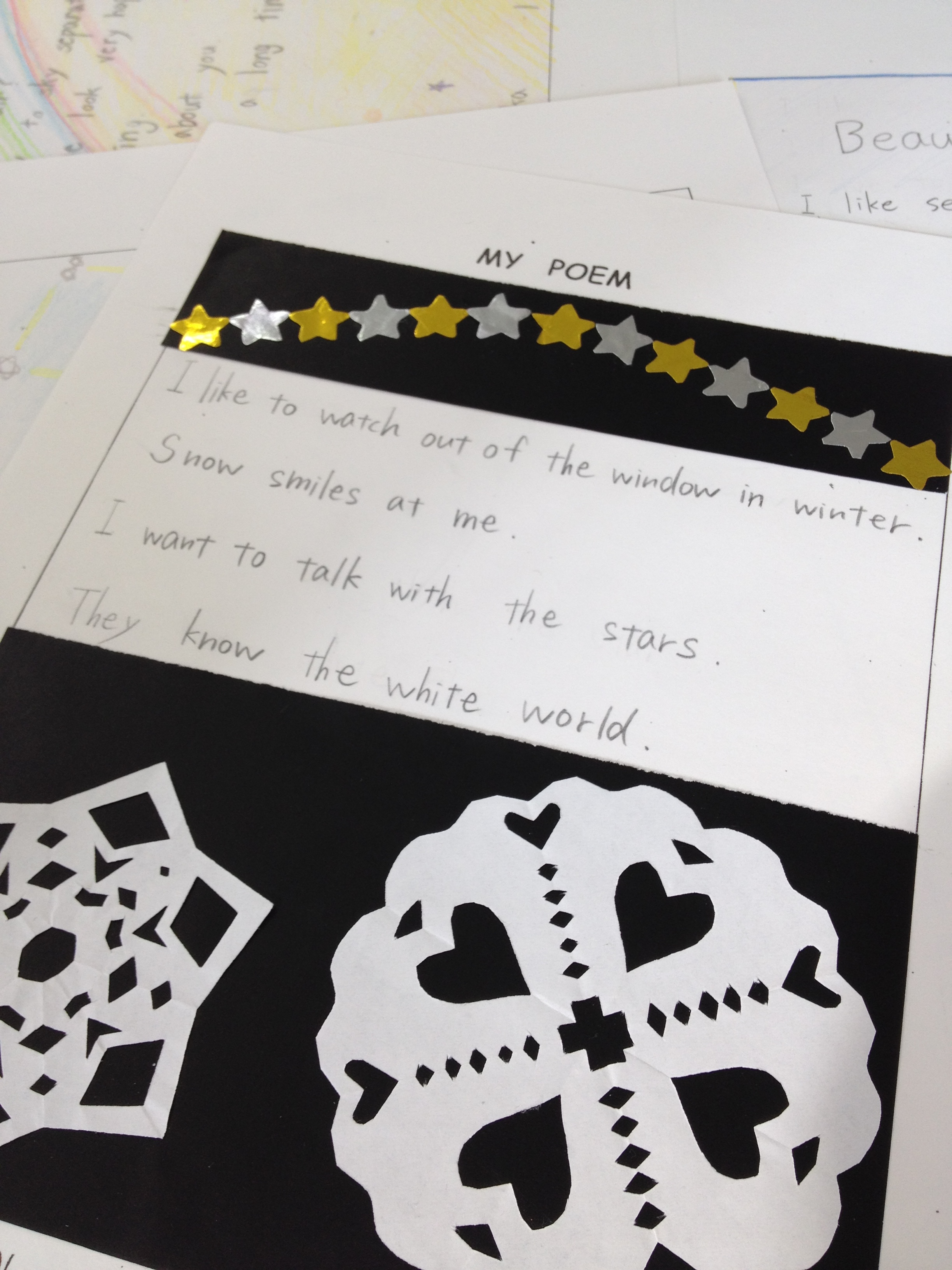
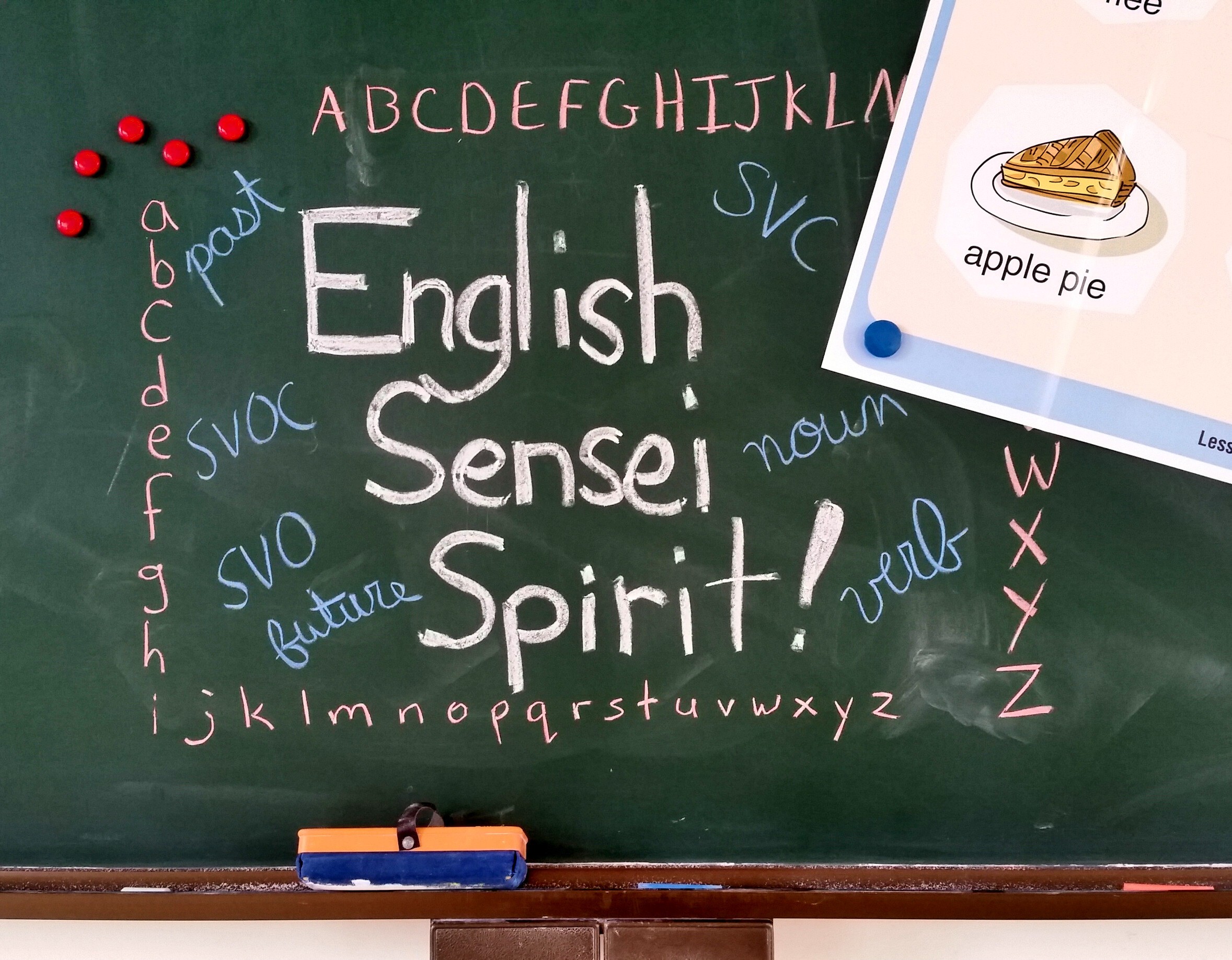
Might you know a place I can get the lesson plans in English?
Not that I know of yet! So far I have just been looking at the kid book I have, and playing with the CD ROM to see what it does, then using that experience to plan lessons. Things aren’t very well explained in that way, but it’s designed to be easy to understand, so that helps a little. If anyone knows of something like the Eigo Note Blog but for Hi, Friends, let us know!
I found this page a while back. It doesn’t have all the lessons translated yet but it’s better than nothing.
http://www.akitajet.com/wiki/Hi,_friends
Thanks for that! It’s pretty helpful.